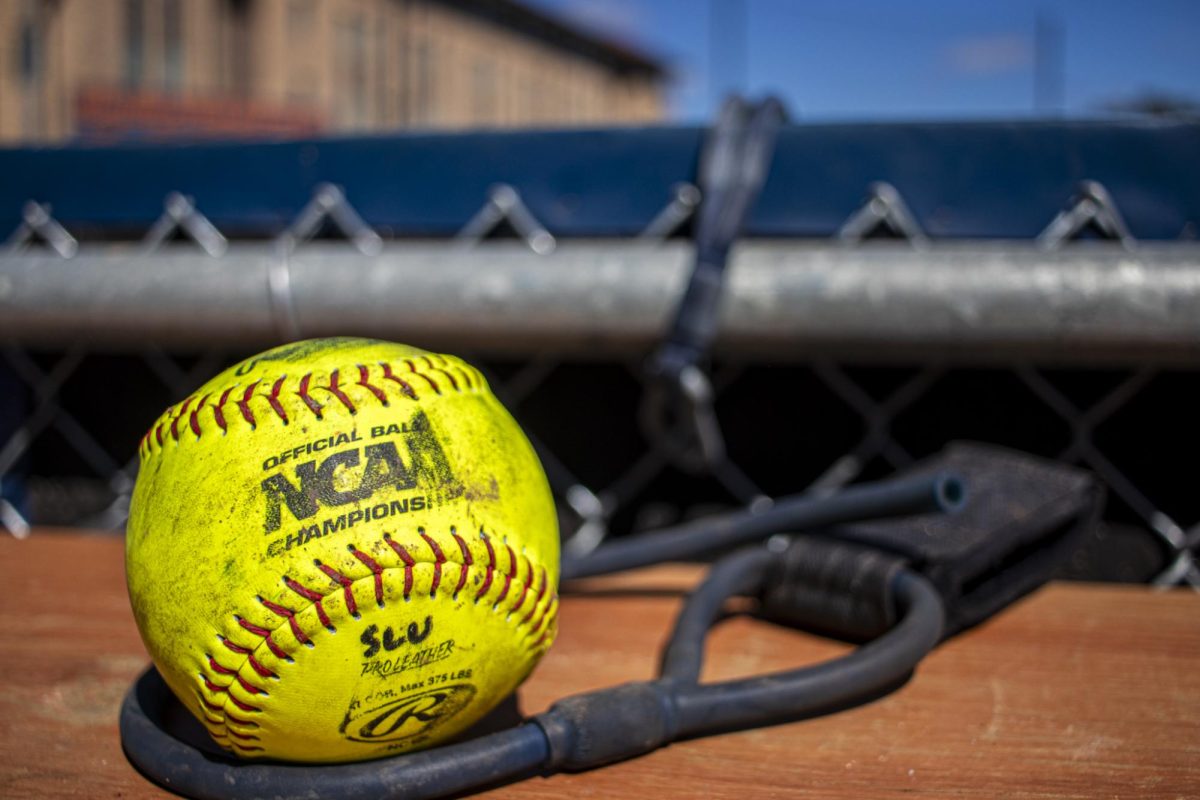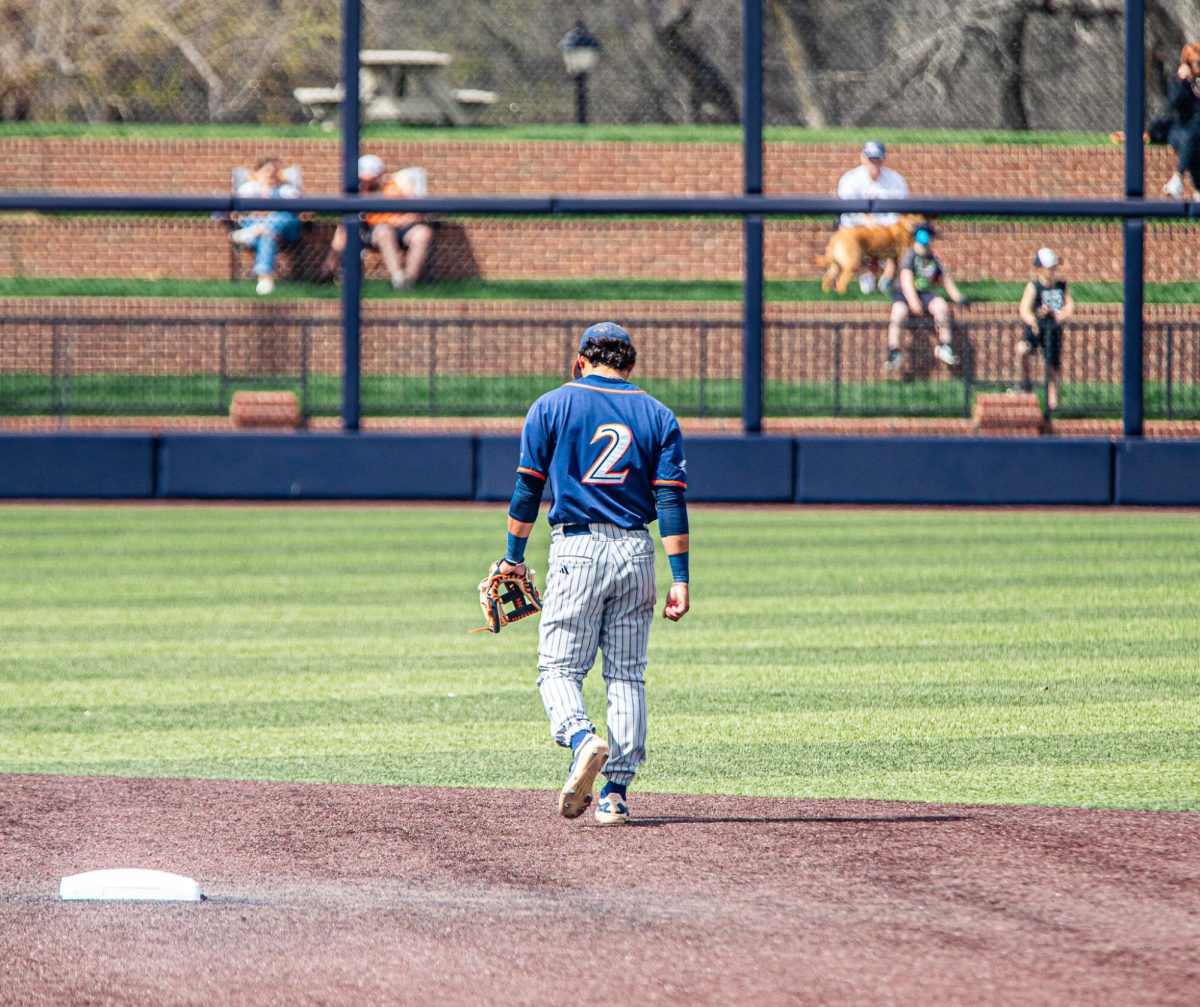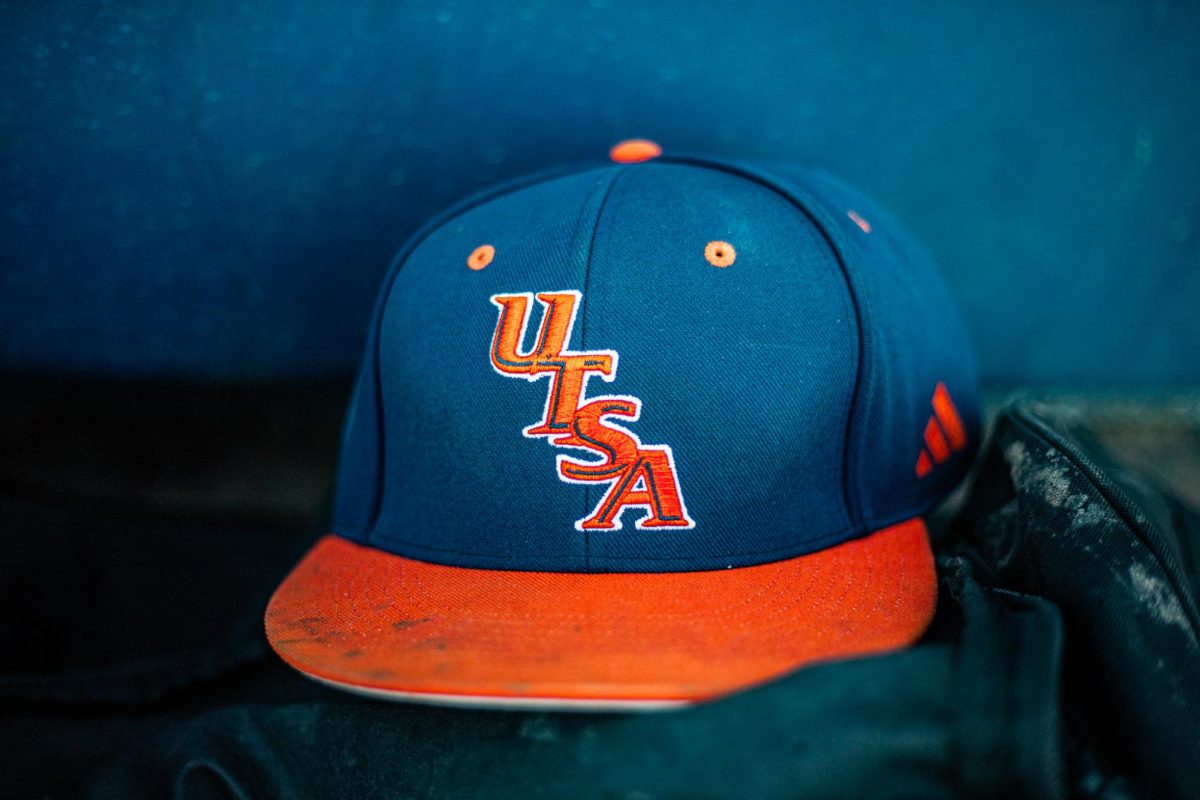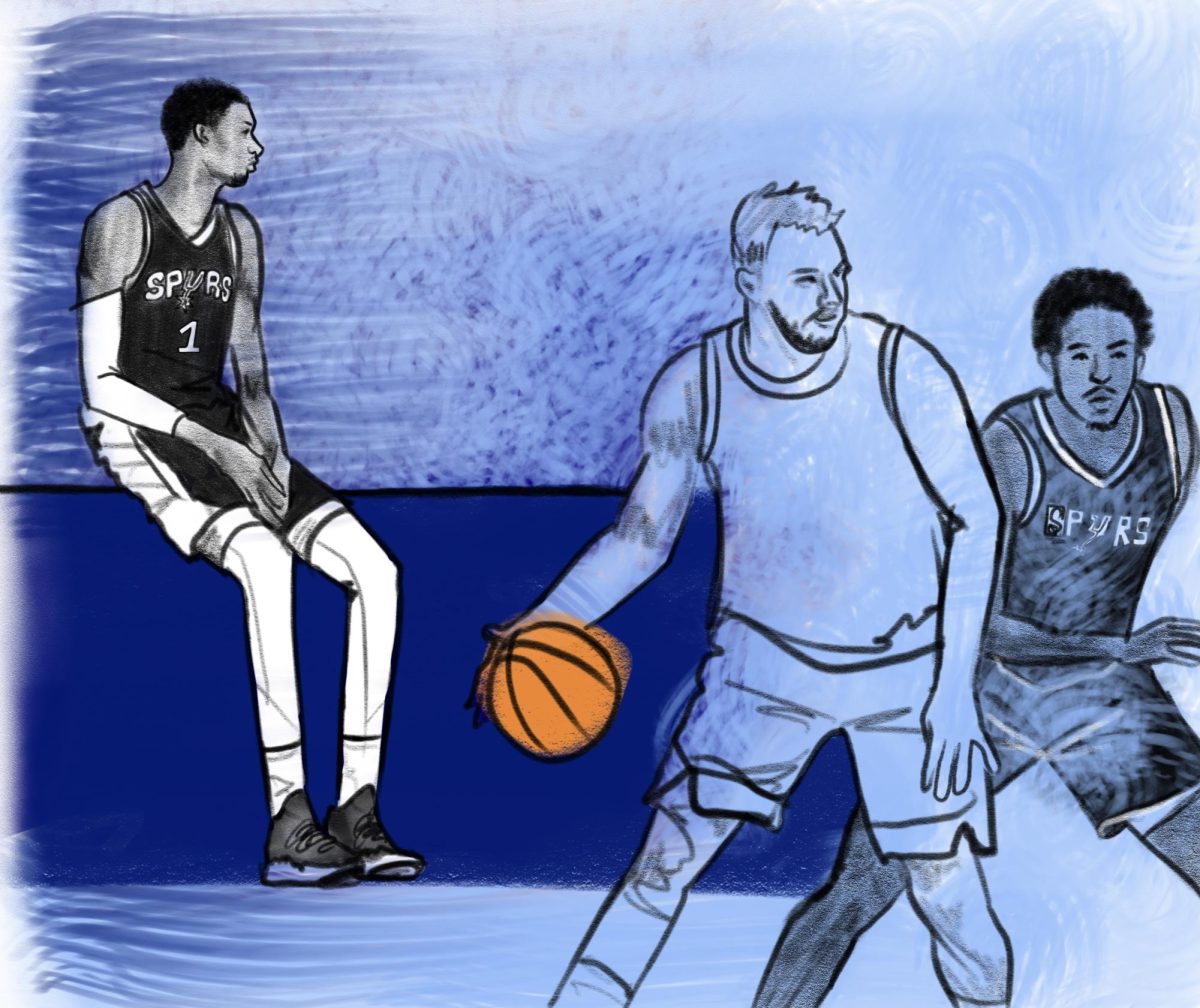Some people like to say money can’t buy happiness; others say it does. The debate is never-ending but there is one thing that both parties can agree on: money can surely buy all the exposure and TV deals you could ever imagine.
Conference realignment is nothing new; conferences big and small have imploded in grand fashion while others went on life support but eventually gained their strength back.
The collapse of the PAC-12 is not unprecedented. The old Southwestern Conference met a similar fate. Both conferences floundered in football, never having a national contender in its final days. Along with struggling football performances, neither conference would be able to stabilize a viable TV contract.
Then Southwestern Conference member Arkansas announced its move to the Southeastern Conference in 1990 when the conference was bolstering its TV product to leave the College Football Association. The CFA was formed to negotiate broadcast deals for major athletic conferences. The SEC would eventually sever ties with the CFA in 1994 to sign a conference-exclusive deal with CBS. The rest of the members of the SWC left to join the then Big Eight to form the Big 12. Other members such as Rice, Houston and SMU were regulated to smaller conferences. Unlike today, all Southwestern members went to regionalized conferences.
Now in 2023, athletic directors of these universities don’t care about regions, traditions, travel in other sports, student athletes’ health or their studies with the cross country conference moves. Some will blame Texas and Oklahoma for the recent trend. Perhaps others will point their finger at USC and UCLA moving to the BIG 10, maybe wild cards will blame schools like Texas A&M’s move to the SEC in 2011.
We can’t single out a school to ridicule and blame. Many players such as Conference executives, athletic directors and television executives all have had a hand in the start of this new era in college sports.
Missouri head football coach Eli Drinkwitz was asked about the conference realignment in a recent interview where he questioned the conference moves.
“My question is did we count the cost? I’m not talking about a financial cost, I’m talking about did we count the cost for the student-athletes involved in this decision,” Drinkwitz said. “What cost is it to those student-athletes? Did we ask about the cost of them? Do we know what the number one cause of mental health is? It’s lack of rest and sleep.”
Questions and considerations that were posed by Drinkwitz should have been considered by leadership. Reasoning gets thrown out the window when you hear figures of $80-100 million that the Big 10 is estimating it will give its members every year.
College football is a university’s golden goose, these recent moves cement that as the whole truth. Leadership was only looking at football and gave the middle finger to the athletes belonging to other sports at their universities.
Student-athletes already have tight schedules during the week including early morning practices, attending classes and treating their bodies in preparation for the coming week’s game. Now add a plane ride to Timbuktu and back. Another thing to consider is family travel to see their loved ones play.
Some athletes choose their schools based on the accessibility for their parents to watch them. The majority of college athletes don’t make it professionally, this will be the last time they will play their sport competitively. Student-athletes were the last thing considered.
One of the biggest appeals that attract so many viewers to college sports is its unmatched energy and passion that the professional game cannot replicate.
Professional sports cannot give a person the same raw emotion of hatred as a college rivalry does. With realignment, many historical rivalries and matchups are getting put on the back burner. People tend to not leave their home state or region with 80% of people only living 100 miles away from where they grew up. Apply that to the percentage of college students who stay in their home state for university. Goodbye to week-long banter or entertaining bets in the workplace with your colleague’s school who is playing your alma mater.
A new era has dawned upon college athletics and whether you like it or not, it’s here to stay. The two most profitable sports — football and basketball — will continue to flourish. But for the non-profitable sports, the question must be asked: in the future, will those athletes lose scholarships?
Only time will tell, but one thing is for sure; student-athletes belonging to those select universities better expect long plane rides and doing homework at the airport to keep up with their classes.





















